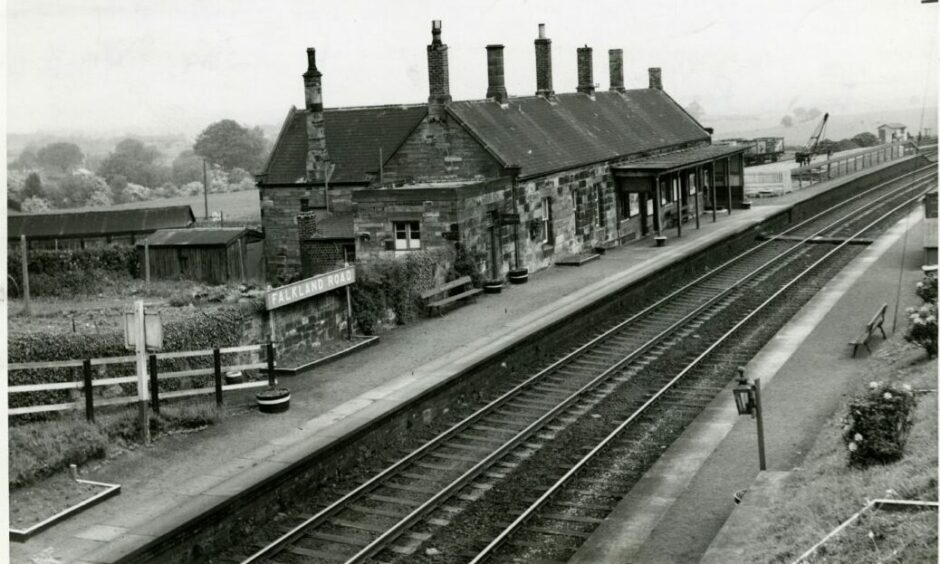
Courier country was once criss-crossed by a network of railway lines that, along with the stations, have been lost to cuts and the ravages of time.
Branch lines wove through the countryside and stitched together the most remote villages, connecting them to Dundee’s communities.
While the trails of smoke from steam engines charging alongside the Firth of Tay was a familiar sight for 100 years.
But the region’s railways, which were established with such voracity and with no expense spared in the Victorian era, found an enemy in the motor car in the early 20th Century.
A bigger enemy still was to prove fatal for dozens of stations in the 1960s – the Beeching Axe.
Newport-on-Tay West
Newport-on-Tay West Station opened in May 1879 on the Newport Railway branch line, which was an immediate triumph.
However, its success was curbed by the Tay Bridge Disaster in December of that year, which cut the line off from its Dundee terminus.
After the railway bridge was rebuilt, the line supported 22 services a day in the 1950s, where passengers would enjoy vistas of Broughty Ferry across the firth.
Newport West, a small brick-built station, often won prizes for the ‘best-kept’ station.
But another bridge would ultimately be its downfall – the Tay Road Bridge – the line closed in 1969 due to declining passengers.
Falkland Road Station
Falkland Road Station opened as a two-platform station on the Edinburgh and Northern Railway line in 1847.
The station was closer to the village of Freuchie than it was to Falkland, but plans were announced in 1905 to link the station to Falkland via a new light railway.
The light railway plans failed to materialise, and Falkland Road station closed in 1958.
Newburgh Station
Newburgh Station and an old coach used as a store had gone to wrack and ruin by the 1990s.
The first Newburgh Station opened in 1848 as part of the Edinburgh and Northern Railway, before it was replaced with a bigger station in 1906.
Disaster struck in October 1925 when a fire was discovered in a porter’s office, which took hold and destroyed the entire station building.
Perth Fire Brigade said the building was “beyond hope of saving when they arrived on the scene”, leaving a “mass of ruin”.
The station was rebuilt again in 1926 and the red carpet was rolled out in 1950 for the arrival of The Queen by the royal train.
But even the royal seal of approval couldn’t save Newburgh Station from closure in 1955.
Liff Station
Liff Station was a pretty little stop on a short branch line loop on the Dundee and Newtyle Railway that opened in 1861.
The line and its goods yards serviced the Dundee Linoleum Works which opened nearby in 1920.
In its heyday, Dundonians of a certain age recall, the brick-built station had floral displays on the platform and window boxes full of blooms.
Liff Station closed to both passengers and goods services in 1955.
A hint of trackbed is all that remains of Liff Station, which was demolished to make way for a sports centre.
Baldovan Station
Baldovan Station served the northern fringes of Dundee on the Dundee and Newtyle Railway.
The station opened in 1831, one of the earliest in the area, by the Downfield Tavern near Strathmartine Road.
As Dundee expanded, the city absorbed the village of Downfield, and the station was renamed Baldovan and Downfield in 1905.
The station faced fierce competition from the new electric trams which provided a more direct route to the city centre.
The station is long gone, having closed in 1955, it was later demolished and the site was redeveloped.
Lochee West Station
The ‘Stop, Look, Listen’ sign is just visible to the left of the mother and children at the level crossing in this 1966 photo, but there were no trains stopping at Lochee Station by then.
The attractive station was originally called Victoria when it was opened in 1861 by the Dundee and Newtyle Railway, but was renamed the following year as Camperdown.
The station received its third and final name – Lochee West – in 1896.
The Lochee Station building, with its boarded-up windows, looks like a ghost town here, although remarkably intact, given it closed half a century before, in 1916.
Dundee West Station
It was the end of the line for Dundee West in 1966; the ramshackle train information board a ghostly clue of a once busy station.
First opening as Dundee Station in 1847 as a terminus for Dundee and Perth Railway, the wooden building was renamed Dundee West the following year.
The station underwent several name changes before it was rebuilt in 1864 and again in 1890.
Built just behind the old station, Dundee West’s final incarnation was a grand and handsome station in the Scottish Baronial style, with an “ornate and graceful” clocktower and spire.
But the landmark was deemed surplus to requirements during British Rail’s cost-cutting measures in the 1960s and, sadly, the building was condemned.
Dundee West Station was demolished in 1965, something Britain’s Lost Railways author John Minnis described as “perhaps the most tragic loss” of railway architecture in Scotland.
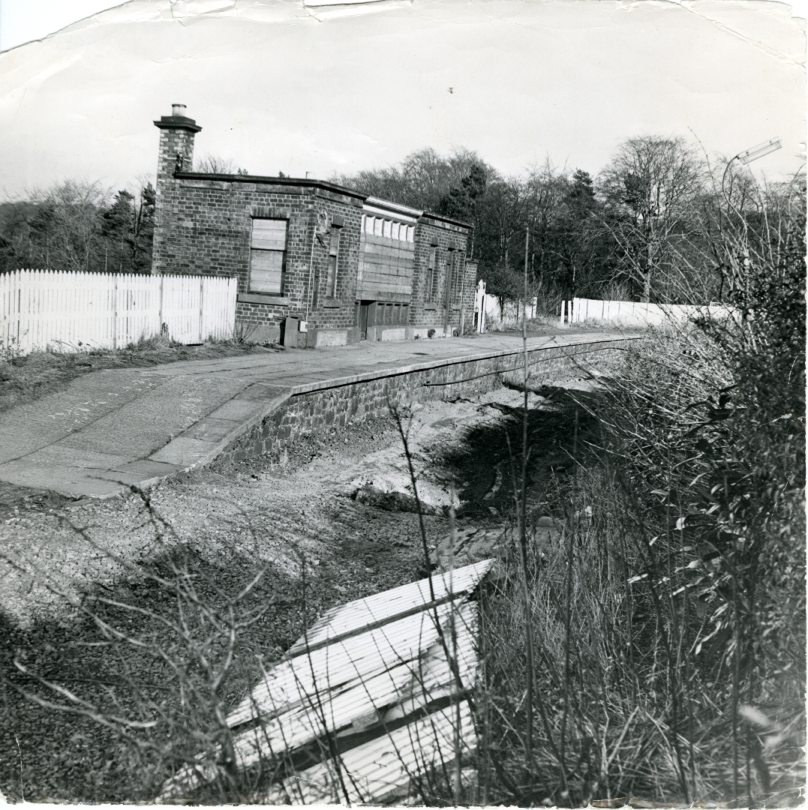
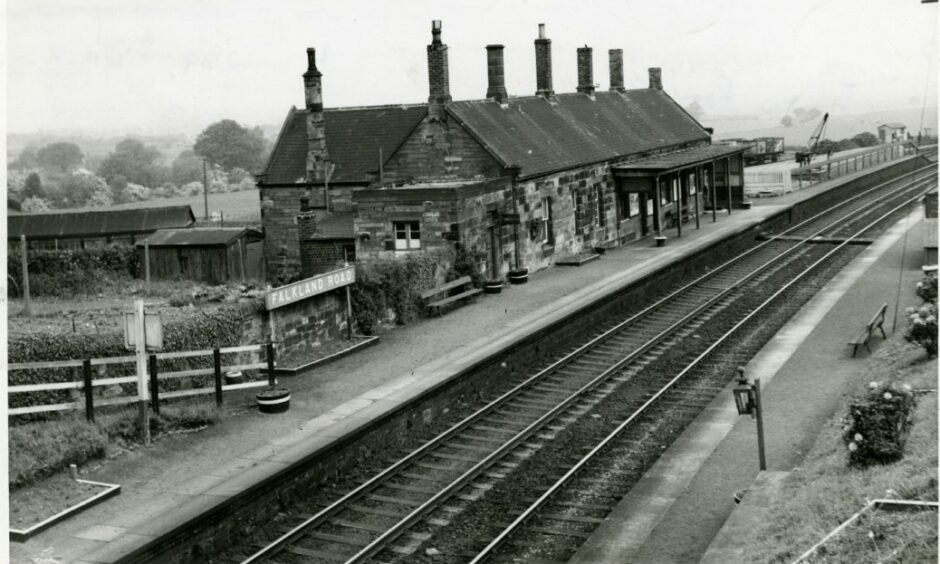
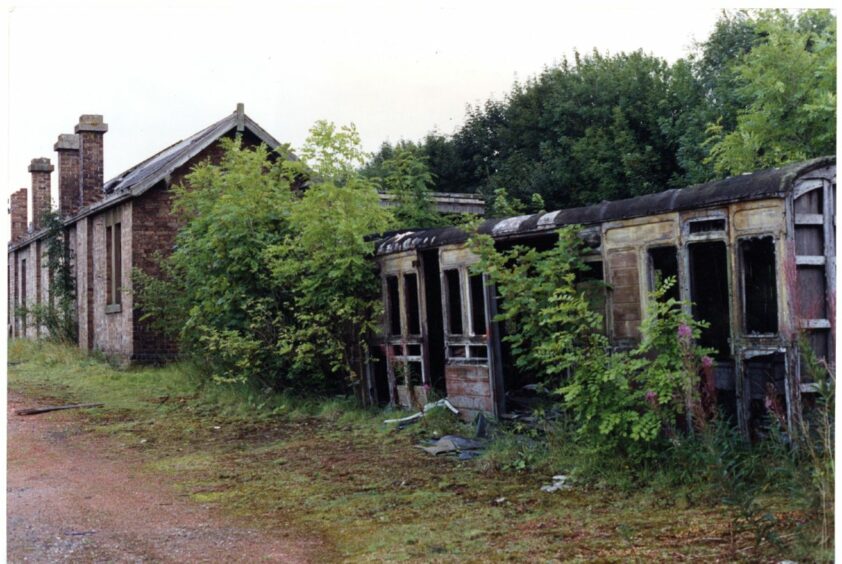
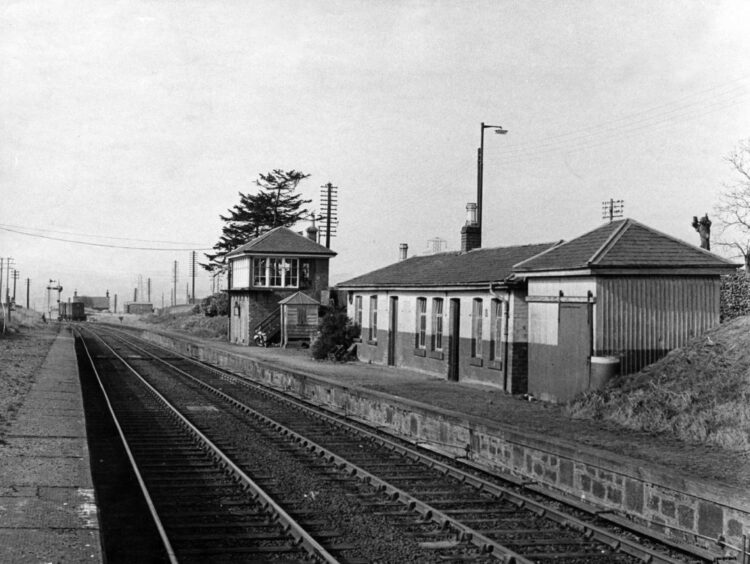
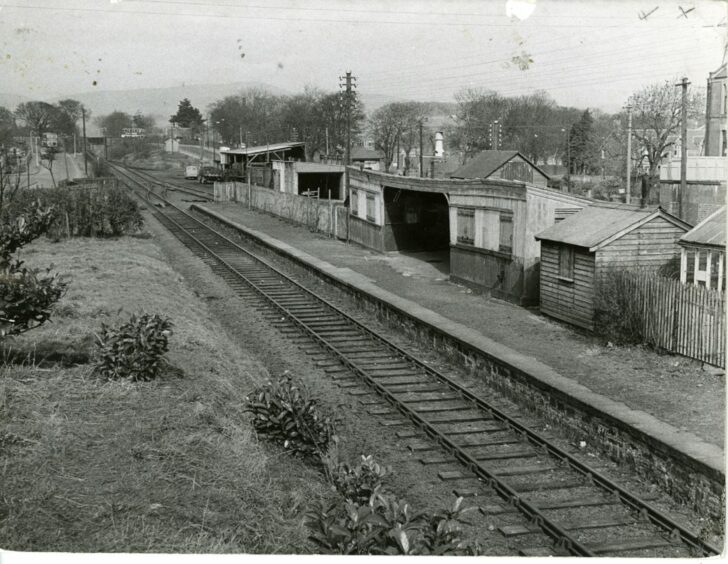
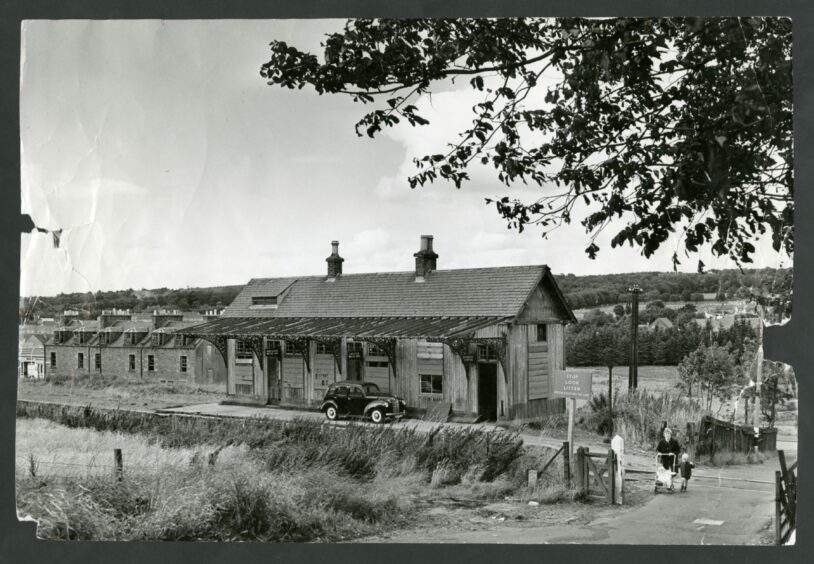
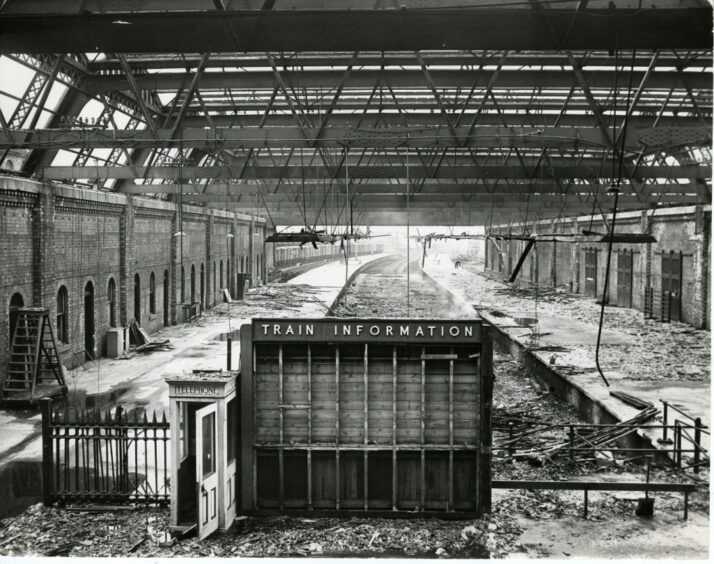










Conversation